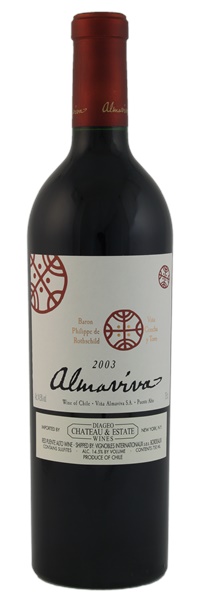Light label condition issue
Removed from a subterranean, temperature and humidity controlled residential cellar; Purchased at retail
Removed from a subterranean, temperature and humidity controlled residential cellar; Purchased at retail

Image above is an example. To view the image of the lot, click the item number.
Estimate
...beautiful nose of camphor, charcoal, blueberry, blackberry, and some spicy but subtle new oak, the wine is quite full-bodied, powerful, rich, but with silky tannins and loads of glycerin.
Quite ripe, with braised fig, stewed plum, black currant paste and cherry preserve notes backed by roasted coffee and bacon notes. A tarry edge drives through the very lush finish. Shows more raw power than freshness,..
...Broad, dense and lush, the dark fruit qualities repeating with great authority on the palate and showing impressive sweetness but also focus and persistence. This has the length and complexity of a high-end Bordeaux,..
...Sweet start that is then reined in by savoury tannins and a very convincing structure. Still extremely young but the alcohol is well contained...
Produced by Concha Y Toro and Baron Philippe de Rothschild